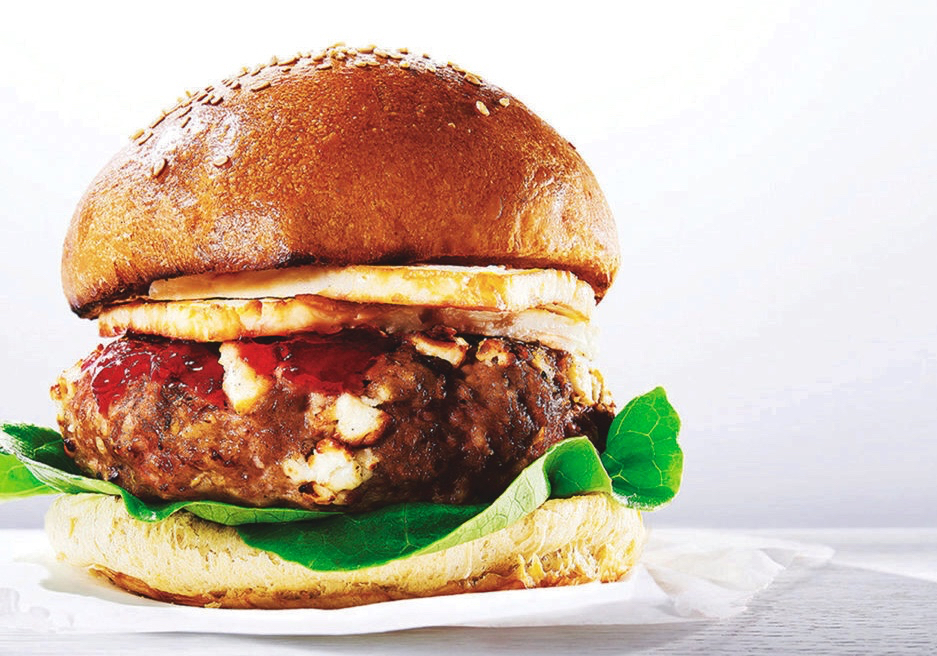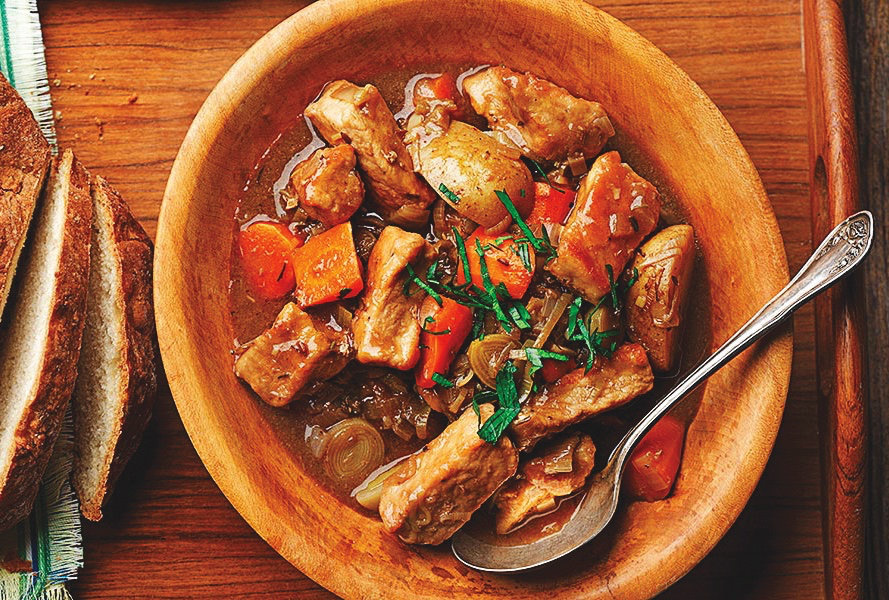At this time of year, I start thinking in shades of green. I wait for the time when leaves, grass and outdoor plants burst into colour and while I wait for that to happen, I can add more leafy greens to my plate. Just like leaves and grass, green vegetables are coloured by the plant pigment chlorophyll. Adding green veggies to your plate is like adding a touch of spring.
People tend to shortchange themselves on dark-green vegetables, along with orange vegetables. While orange vegetables, such as carrots, get most of the credit for promoting and maintaining good eyesight, green vegetables should get the spotlight.
Read Also

Your best (and easiest) holiday dainty tray
Make-ahead recipes, store-bought goodies and co-operation with friends and family: Here’s how to throw together a stunning, low-stress tray.
For example, spinach contains a natural plant chemical, lutein, which works with another natural plant chemical, zeaxanthin, to keep eyes healthy. Lutein also is found in green peppers, peas, cucumbers and celery. Getting enough lutein and zeaxanthin may help reduce our risk of age-related macular degeneration, a leading cause of blindness.
Cabbage is another green vegetable group with health-promoting properties. To the ancient Greeks, cabbage was known as a medicinal food. Cruciferous vegetables, such as cabbage, broccoli and brussels sprouts, contain isothiocyanates, which are sulphur-containing compounds. These compounds are responsible for some of the health benefits.
In a study of more than 18,000 Chinese males ranging in age from 45 to 64, eating more cruciferous vegetables was associated with a lower risk of lung cancer. Cruciferous vegetables also are linked with reducing the risk of prostate and stomach cancer.
Besides thinking of cabbage as a medicinal food, the ancient Greeks also had a saying, “Cabbage twice cooked is death.” That’s a good reminder to prepare cabbage and its relatives properly. Cabbage has a mild flavour in the raw state. It becomes more aromatic during long cooking because it contains sulphur compounds that form hydrogen sulphide gas during cooking. Have you smelled a rotten egg? Overcooked cabbage releases the same compound. Cooking cabbage too long also can leave you with an olive-green side dish. The colour reaction occurs when natural acids in cabbage react with chlorophyll, the green pigment in cabbage. Cook cabbage quickly in as little water as possible. Leave the cooking pot at least partially uncovered to allow the sulphur compounds to escape.
Cabbage remains an economical menu item, and is a good source of vitamin C and is low in calories at 15 calories per half-cup. It also can be fermented to form sauerkraut to lengthen its shelf life while preserving the vitamin C it contains. Sauerkraut, however, is much higher in sodium.
If purchasing, look for solid, compact cabbages with no signs of wilting, unusual colours or aromas. Use it as soon as possible after purchase in either fresh or cooked form. Cabbage loses flavour the longer it’s stored.
When preparing cabbage, remove the outside leaves and cut out the core. Wash well under running water, place it in a plastic bag or wrap it in plastic and place in the vegetable crisper. – Julie Garden-Robinson, PhD,
L. R. D., is a North Dakota State University Extension Service food and nutrition specialist
and associate professor in the department of health, nutrition and exercise sciences.














